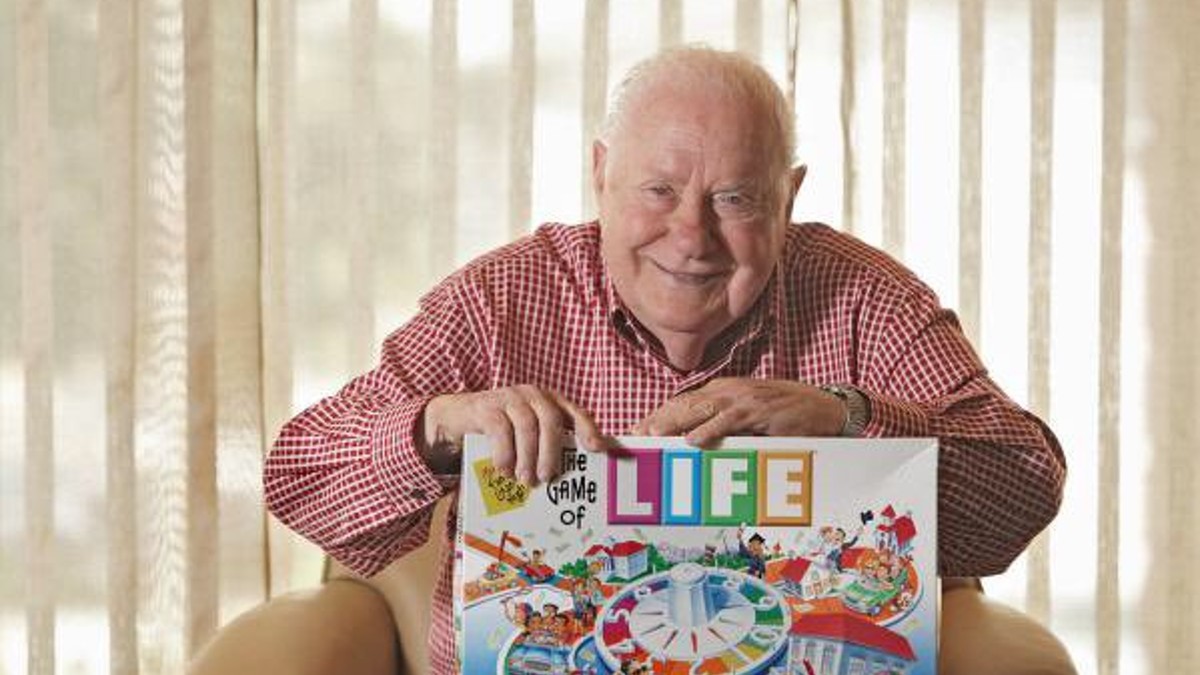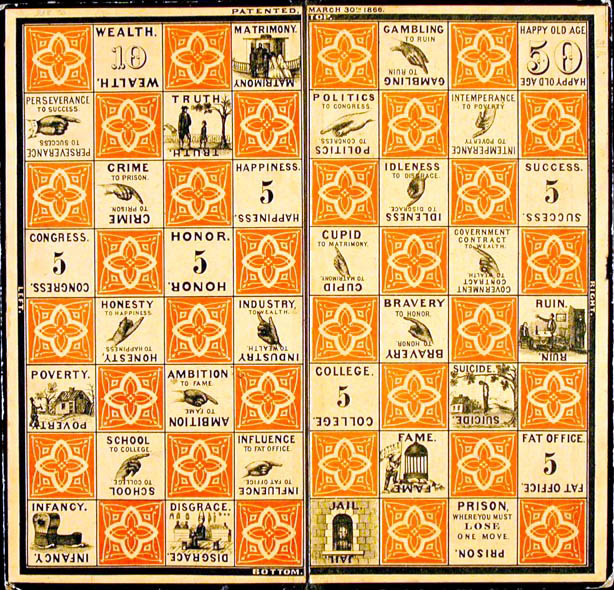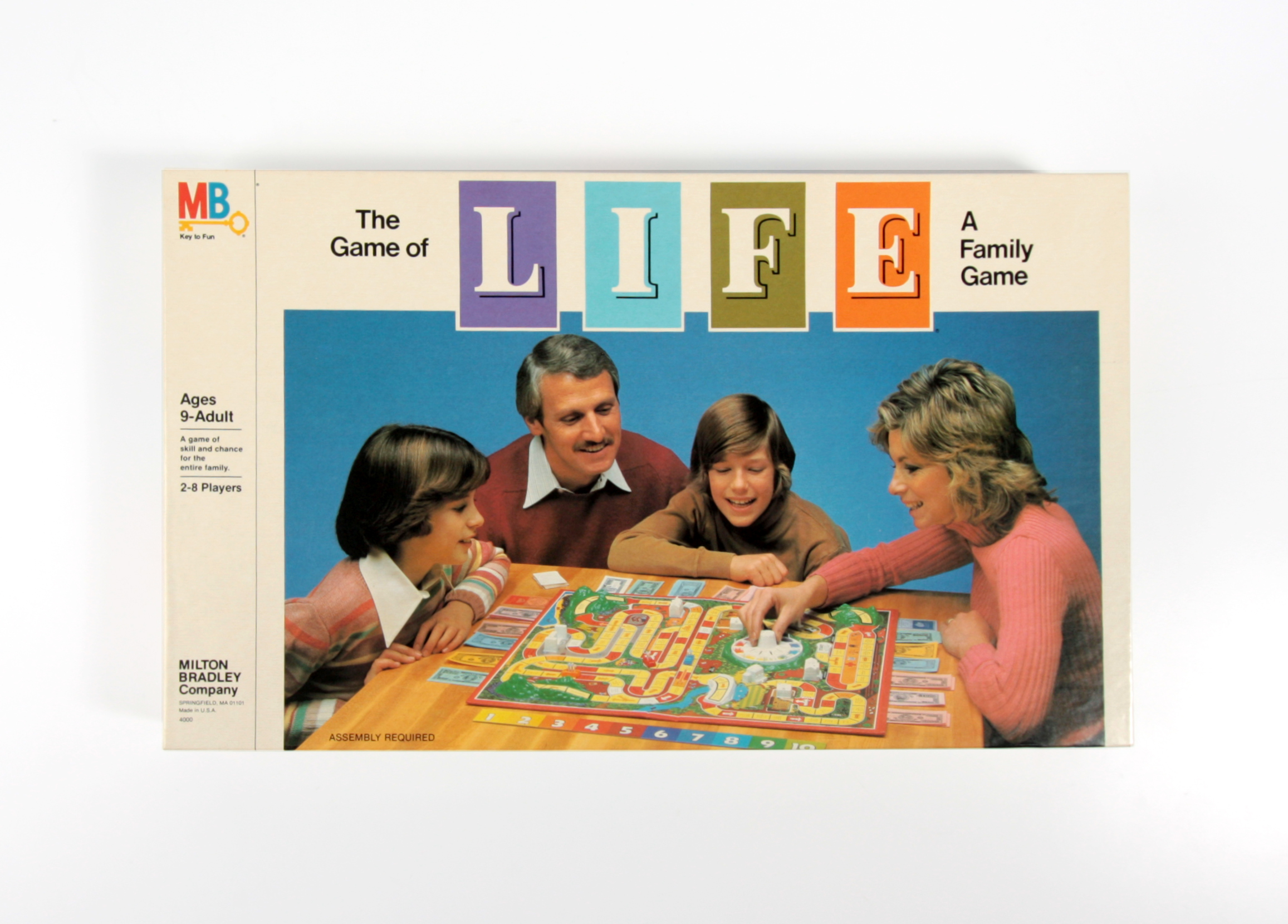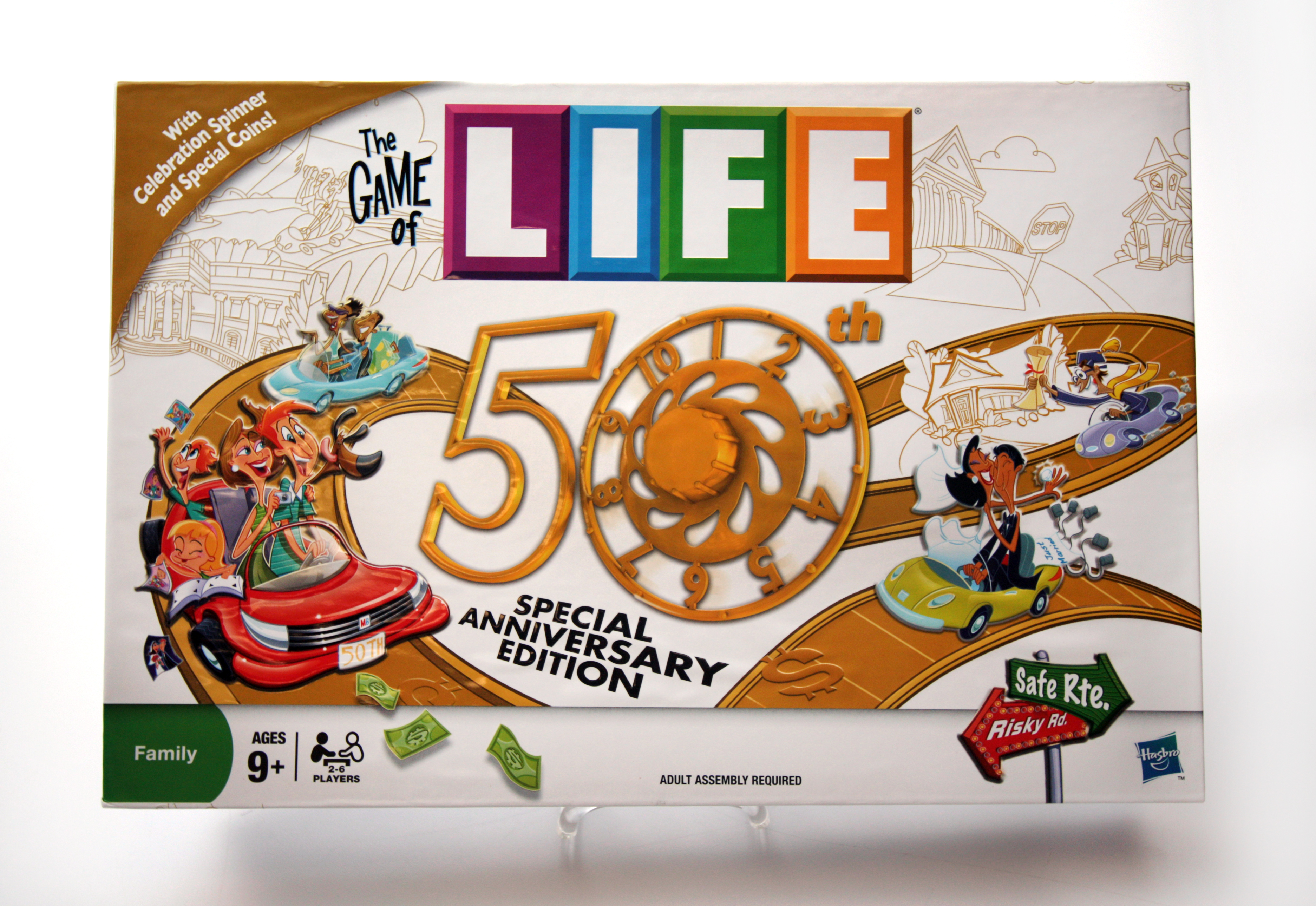Remembering Reuben Klamer: The Mind Behind ‘The Game of Life’ and His Ties to La Jolla


This is another in a regular series about people, places, and other historical facts and their connections to the San Diego area.
Forget ordinary board games like Clue, and Chutes and Ladders, it’s all about The Game of Life.
Reuben Klamer, a toy inventor whose creative brilliance shaped one of American history’s most iconic board games, The Game of Life passed away on Sept. 14, 2021, at his home in La Jolla. He was 99.
Klamer’s legacy endures through his work in the toy industry, most notably for inventing The Game of Life in 1960.
Born on June 20, 1922, in Canton, Ohio, Klamer was the son of Jewish immigrants from Romania. He pursued higher education at Ohio State University and served in the U.S. Navy during World War II. His career path took him to Southern California, where he became a key player in the postwar toy boom.
The Game of Life: A Timeless Classic
Klamer’s most famous invention, The Game of Life, was designed to celebrate the 100th anniversary of the Milton Bradley Co. The original game, The Checkered Game of Life from 1860, inspired, but Klamer envisioned something entirely different. He famously remarked, “I only took the name ‘Life.’ My game was new, different, and it captured the way life unfolded in the 20th century.” (Blitz, Sizzle, and Serendipity: My Game of Life).


In the game, players navigate through various life stages—from choosing a career to starting a family—while aiming to retire with the most money. The game reflected the postwar suburban values of ambition and financial success. Over time, the game adapted to cultural shifts, adding elements like midlife crises and ethical decisions. As The Game of Life evolved, Klamer welcomed these updates. “It had to stay relevant,” he said in a 2015 interview with The Strong Museum curator Nicolas Ricketts.

Ricketts also commented on Klamer’s impact, saying, “Klamer was an incredible game designer and innovator who left an indelible mark on the toy industry and landscape of play. His creativity was not just about the products but the spirit behind them.” (The Strong National Museum of Play).
Klamer’s game became an international sensation, selling over 50 million copies in over 20 languages. Its continued popularity places it alongside Monopoly as one of the best-selling board games of all time. The Game of Life earned Klamer a permanent place in the Toy Industry Hall of Fame in 2005 and saw his invention inducted into the National Toy Hall of Fame in 2010.
Beyond The Game of Life
Though The Game of Life defined Klamer’s legacy, his career spanned many facets of innovation. He collaborated with television producers on props for iconic shows, such as designing the Starfleet phaser rifle for the original Star Trek series. He also created the popular Napoleon Solo gun for The Man From U.N.C.L.E., which became a hit toy in its own right. His toy designs extended beyond gadgets, encompassing everything from a revamped version of the hula hoop to various construction toys.
Reflecting on his career, Klamer once noted, “I’ve always had a knack for understanding what people wanted, and that was my biggest asset as a designer” (Blitz, Sizzle, and Serendipity).
Personal Life and Legacy
Klamer lived in La Jolla for many years, and though he didn’t speak publicly often about his personal life, he once mentioned, “La Jolla always gave me the sense of calm I needed to fuel my creativity.”
He is survived by his three children: Jonathan, Jeffrey, and Andrew, and his daughter Pamela Klamer Singer.
His oldest son, Joel, predeceased him in 2016. Klamer remained active in his later years, regularly attending events like the Toy Hall of Fame induction in 2010, where his wit and charm were on full display.
How to Play The Game of Life
The game’s rules are simple: each player starts by choosing a career or going to college, then spins a wheel to move forward along the game board. As players navigate life events like marriage, children, and career changes, they collect money, aim to avoid bankruptcy and strive for a financially secure retirement. The Game of Life has evolved—modern versions feature new life scenarios and choices that reflect current societal values.
In his later years, Klamer continued to reflect on his creative process and the lasting impact of The Game of Life. “The joy of creating something that touches millions, that’s the reward in itself,” he said in an interview for his memoir in 2010.
Reuben Klamer’s passing marked the end of a remarkable chapter in the history of toys, but his creative legacy continues to inspire generations of inventors and players alike.

Sources:
- The Strong Museum of Play – National Toy Hall of Fame (for quotes from Nicolas Ricketts and background on Klamer’s work)
- Reuben Klamer’s Memoir: Blitz, Sizzle, and Serendipity (for personal quotes and reflections)
- Los Angeles Times (for his obituary and death details)
- Toy Industry Hall of Fame (for induction into the Toy Industry Hall of Fame)
Debbie L. Sklar is a long-time contributing editor to the Times of San Diego. For more historical stories and others about Hollywood’s Golden Age visit here.
Categories
Recent Posts










GET MORE INFORMATION

